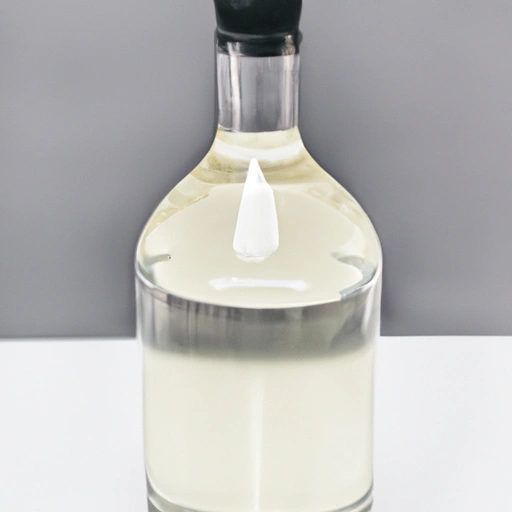Distilled White Vinegar
Description

Distilled white vinegar, also known as spirit vinegar, is a clear, acidic liquid made by fermenting grain alcohol. It typically contains around 5-10% acetic acid by volume, which gives it a sharp, pungent flavor and a characteristically clean, crisp aroma. In recipes, vinegar is often used in small quantities measured in teaspoons (tsp) or tablespoons (tbsp) in American units, or in millilitres (ml) in European units. A standard conversion is 1 tbsp (American) is approximately equal to 15 ml (European).
Common uses
Distilled white vinegar is commonly found in pickling recipes, as a salad dressing component, in marinades, and as a natural cleaning agent. It is also used in baking as a leavening agent when combined with baking soda, and as a flavor enhancer in various dishes.
Nutritional value
Calories
Distilled white vinegar is low in calories, with approximately 3 calories per tablespoon (15 ml).
Protein
It contains trace amounts of protein.
Fat
Distilled white vinegar contains no fat.
Carbohydrates
Consisting mainly of water and acetic acid, it has minimal carbohydrates, with only a small fraction coming from natural sugars.
Vitamins
While not a significant source of vitamins, it may contain small amounts of some B vitamins due to fermentation.
Minerals
Vinegar contains minimal minerals, but may have traces of potassium.
Health benefits
Distilled white vinegar is associated with several health benefits, including potential weight loss aid due to its ability to make people feel full. It's also known for its antibacterial properties and has been used to help control blood sugar levels.
Potential risks
Excessive consumption of vinegar may lead to dental erosion due to its acidic nature. It can also interact with certain medications and may cause digestive discomfort in some individuals when consumed in large amounts.
Common recipes
Distilled white vinegar is used in recipes like coleslaw, potato salad, and various pickled vegetables. It also forms the base of many sauces and vinaigrettes.
Cooking methods
While not typically used as a primary cooking method, vinegar is a crucial component in quick-pickling and can be used to poach eggs, creating a tighter white. It's also used to add acidity in sous vide cooking.
Pairing with other ingredients
Distilled white vinegar pairs well with fresh vegetables, eggs, and fish. It's also used to balance rich dishes or cut through the fattiness of certain meats.
Summary
Distilled white vinegar is an essential pantry staple with a multitude of culinary uses. As a versatile ingredient, it adds acidity and brightness to dishes. Its low calorie and fat content make it an attractive addition to diets, and its potential health benefits are an added bonus. However, mindful consumption is advised to avoid any potential risks associated with its acidity.